This muscular beauty standard has certainly plagued men for a long time. Bigorexia and muscle dysmorphia are on the rise in men, and that is incredibly distressing and saddening for the men in my life whom I love.
Over the last decade the lean look has become a desired look for female bodies, too... with the caveat that women appear muscular, but not too bulky. Curvy (read: big boobs and butt), but not "too" curvy (I'm exhausted already.)
We see images of these shiny, ab-rippled, smiling people and many of us automatically think they are the epitome of health, fitness, and human optimisation. We may wonder, "Why can't I look like that?!"
Yet for so many of these folks, fitness has come at a very high price. Many of these celebrities and fitness influencers make a living from their bodies, i.e. it's their full time job.
That means these folks:
- Sometimes train up to 30-40 hours a week; Lewis Tan trained 6 hours a day, 6 days a week (with one "glorious" day off on Sunday!) for his recent role in Mortal Kombat and to look the way that he did on camera.
- Have the luxury of making their bodies pretty much the central focus of their entire lives, and carefully control every factor (diet, sleep, coaching, family, relationships, and so on).
- Can count on the support of a full team of trainers, nutritionists, chefs, babysitters, personal assistants, health practitioners, social media managers etc.
- When being photographed, have an entire team of stylists and makeup artists to make them look as flattering as humanly possible, as well as
- Highly experienced photographers who create images with perfect lighting, careful angle work, and hundreds of outtakes, plus
- Professional retouching and photoshopping to make sure the pictures look "just right".
It's a lot, right?!
Unfortunately for a significant proportion of these folks, the significant financial and time costs are not the only price they pay to look this way. For some, a "perfect" appearance comes at the sacrifice of their overall health.
Disordered eating, hormonal imbalances, and chronic fatigue are commonplace in the fitness and wellness industry. Especially in those who are under pressure to look a certain way in order to make a living.
I have worked alongside fitness models, bikini competitors, and even some of the strength and bodybuilding coaches who train these athletes and compete themselves. And I can tell you with 100% confidence that NONE of them are having a good time in the lead up to competition! They are starving, tired, moody, and have no sex drive. Other professionals in the industry can attest to the same observation.
The health impacts of "looking healthy"
Sometimes these athletes don't even make it to the event they've spent months (or years) training for because they have cut too hard, injured or burnt themselves out and have to pull out of the competition. I've known experienced coaches who've done this, people who you think would know better. Diet culture doesn't discriminate - all of us are privy to its unrealistic demands.
Others train and diet intensely leading up to a photoshoot, then return to normal (read: looking like the rest of us) for the rest of the year. Still, repeated cycles of dieting and overtraining can and do take their toll on our bodies in the long term.
Despite being the picture of sexual virility and desire, for many of these fitness models their libido is shot. Especially in the case of male bodybuilders who have used anabolic steroids extensively and become dependent on them for the rest of their lives.
Although these people may be and look and more fit, the health consequences can eventually rear their ugly heads and cause adrenal fatigue, joint pain and dysfunction, terrible mood swings, severe hormonal imbalances, and mental health issues ranging from crippling anxiety to eating disorders. And there are far too many "fit" people who are needing joint replacements in their 40's.
Hypothyroidism, digestive disorders, sub-fertility and terrible PMS are common health issues I see in women who feel the pressure to look incredibly fit and "healthy" for a living. And disordered eating is almost a given as these women have to continually, and significantly monitor their food intake in order to stay at an unnaturally low body weight.
It's not just female influencers who measure every bite: disordered eating in male fitness models and bodybuilders is almost de rigueur. Well known is the vision of the "ripped" dude at the beach unpacking plastic containers of carefully portioned boiled chicken, broccoli and brown rice. Then there's the young man who freaks out when dinner for his girlfriend’s birthday keeps him away from the gym for a night.
Some exceptions
To be fair, a minority of these influencers are naturally lean. Due to no merit or fault of their own, some people just have the genetics for pretty easily maintaining a lower body fat percentage. They may also have the genes that allow them to develop significant musculature by doing just a little bit of strength training. When these people discover they can profit off of their genetic "gifts" on social media by claiming their bodies are a result of hard work, the results for those they mislead can be tragic.
Genetics dictate that even if someone with more "thrifty" genetics - someone who naturally stores more body fat - ate and worked out exactly the same way as a genetically lean person did, they might still end up in a body that looks completely different and can never be as small or as lean as that influencer. To think otherwise is like wishing the biggest Babushka doll in a Russian doll set would just fit into the smaller bodied doll, somehow. It's illogical.
Alternately, someone may have the genes to withstand the enormous training load required to look a certain way without much in the way of immediate health problems. We all know those people who train like animals and don't seem to slow down or get injured. These folks can be more prone to abusing their bodies and realising too late the damage that has been done. Over time, with age, things can and do change.
Finally, performance enhancing drugs such as testosterone are used commonly nowadays in people of all genders. A recent study shows that steroids have been the number 1 most commonly injected drug in Australia for the past 6 years (1). As this becomes an ingrained part of fitness culture, the "ideal body" we are presented with will only continue to become increasingly muscular and lean. It's an unrealistic and incredibly dangerous standard, given the side effects of long term testosterone use.
So what can we do?
We can stop conflating leanness and health. We can question the messages these social media influencers and fitness marketers are trying to send us, and understand that behind the facade of gleaming wellness often lie broken mental health and a physiology in disarray.
We can dismantle the beauty standards we've been handed and see diet culture what for it really is: an industry that profits by capitalising on your feelings of inadequacy about your body. We can learn to see beauty in a wide range of body shapes and sizes. Because it is absolutely there, but to see it we need to retrain our eyes and unfuck our diet culture-influenced brains!
We can nourish our bodies properly and completely, and in doing so, oppose the political sedative that is diet culture, which demands an unhealthy obedience and slavery to beauty standards above all.
We can eat to nourish, NOT to restrict. And in doing so, we build our reservoirs of physical and mental strength. We can move towards health - whatever that looks like for you.
And on social media we can embrace body positive, weight neutral accounts that promote the truth that health comes in many different shapes, sizes, and abilities! There are many out there, waiting for you to find them.
Here's a big middle finger to diet culture! 🖕
xo
Casey
(1) Memedovic, S., & Iversen, J., Geddes, L., & Maher, L. (2017). Australian Needle and Syringe Program National Data Report 2012-2016. Kirby Institute, University of New South Wales.
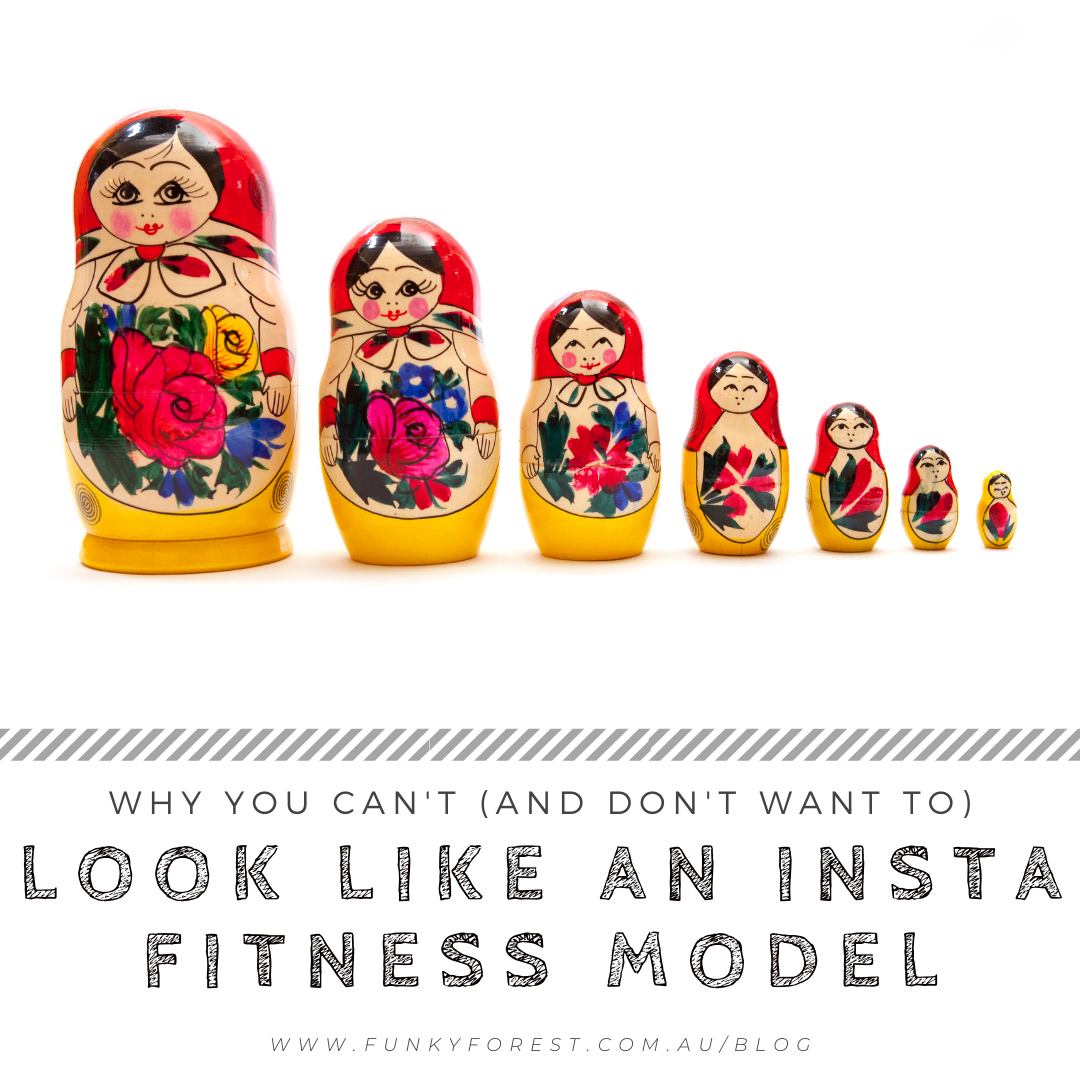

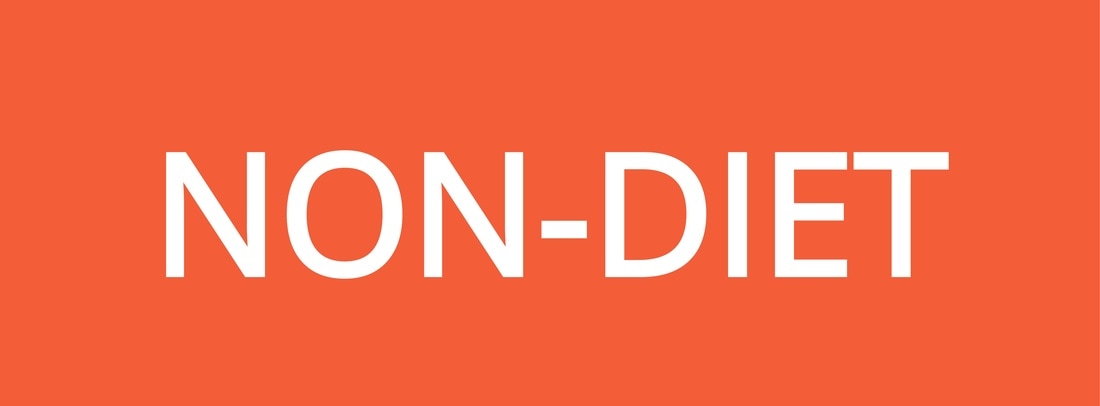






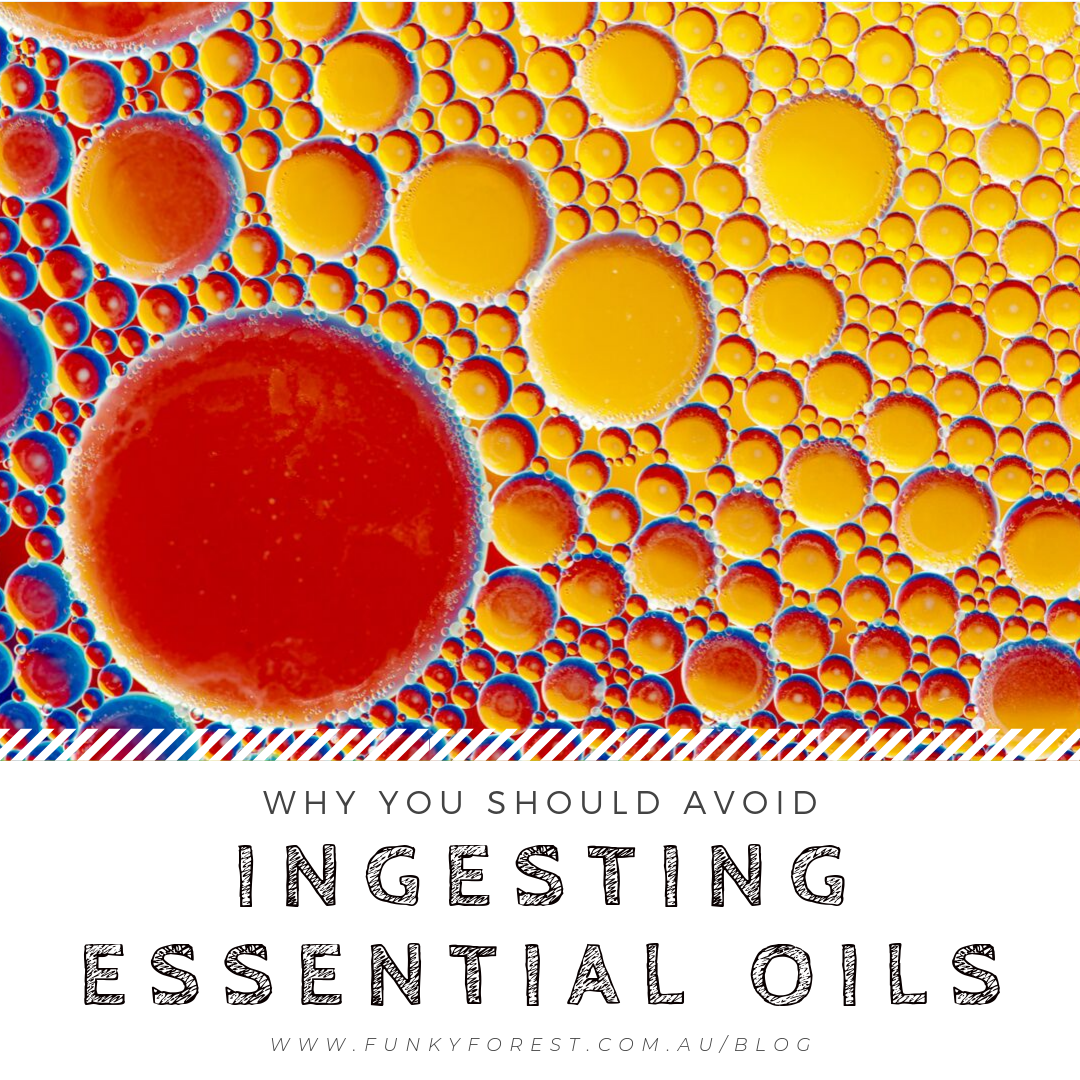
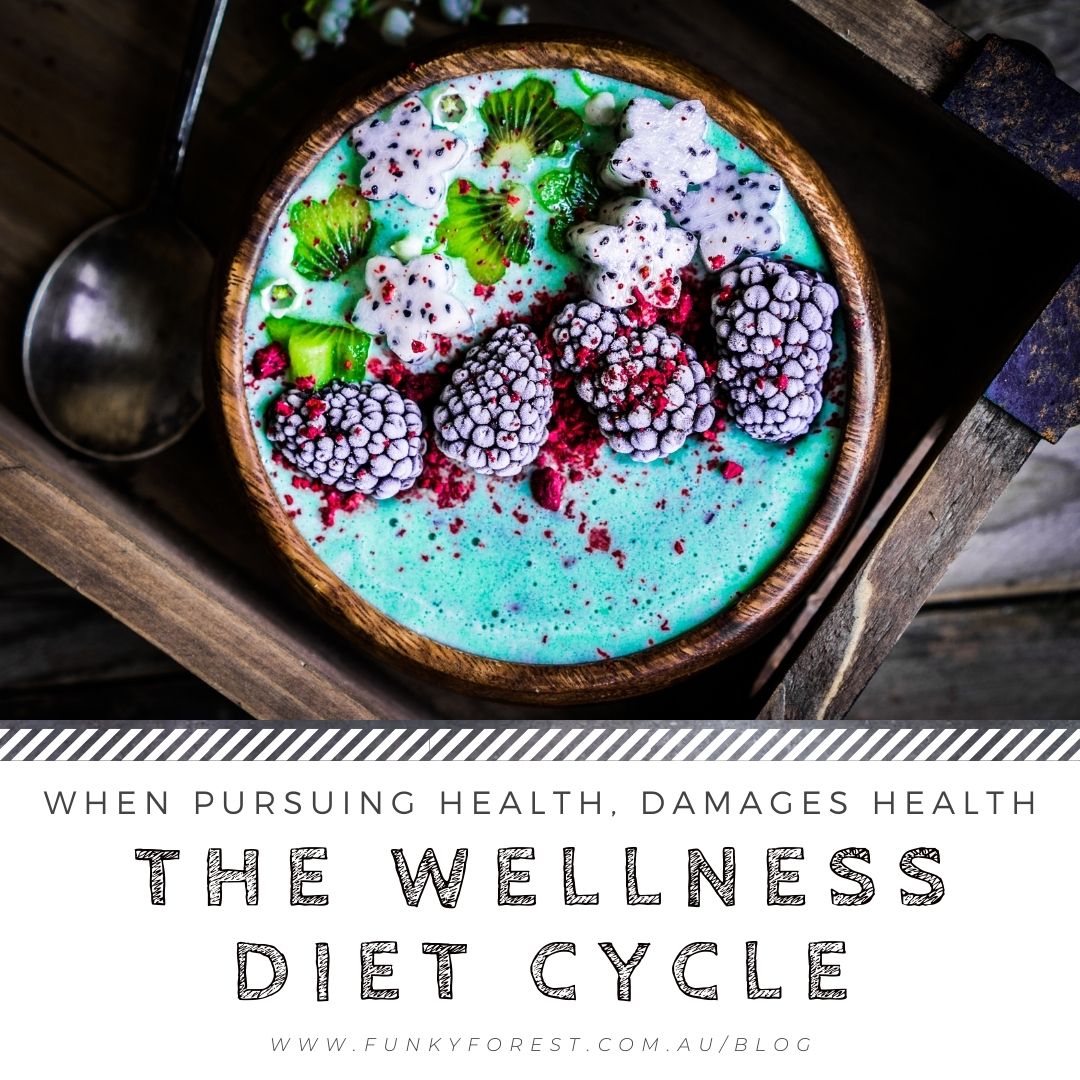
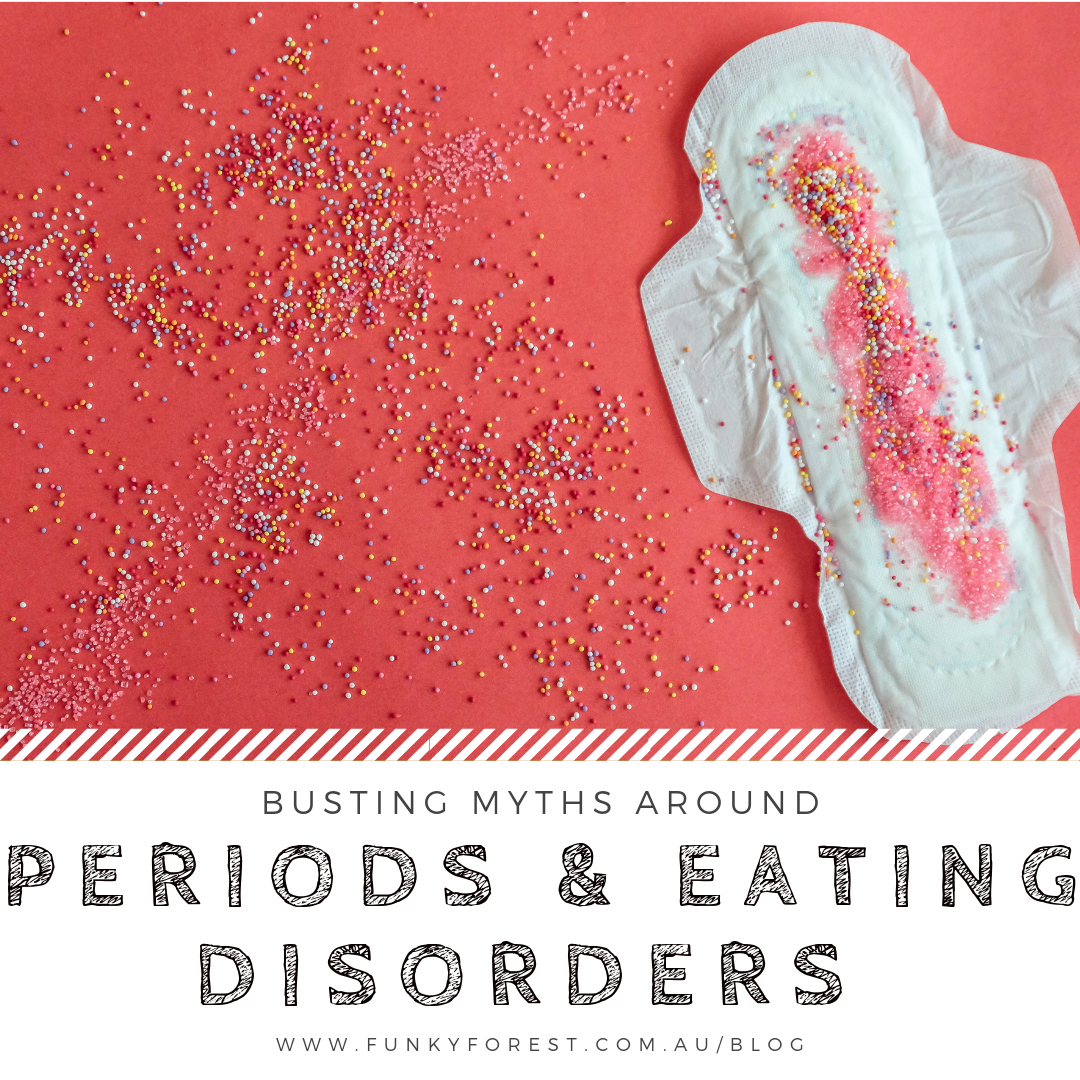
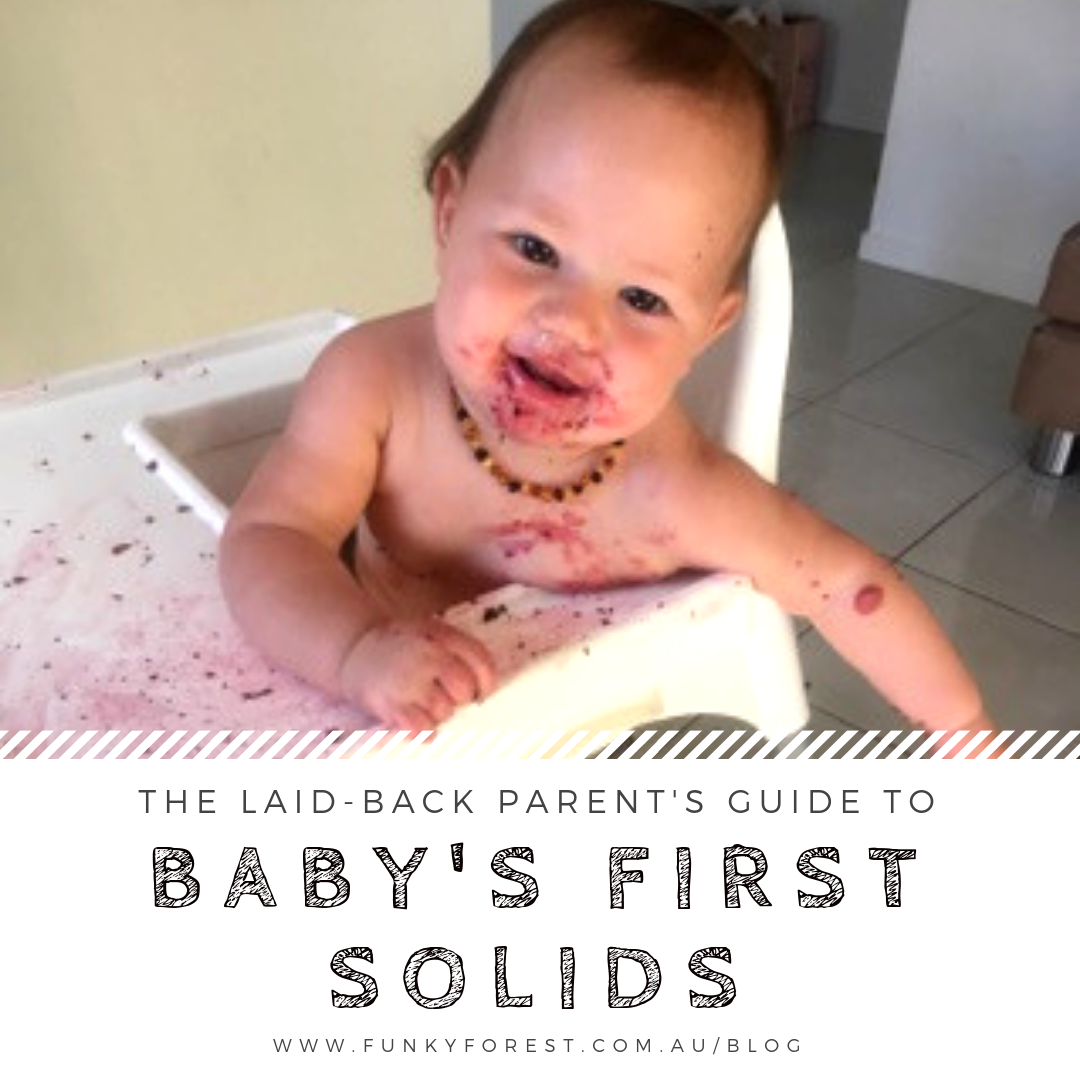

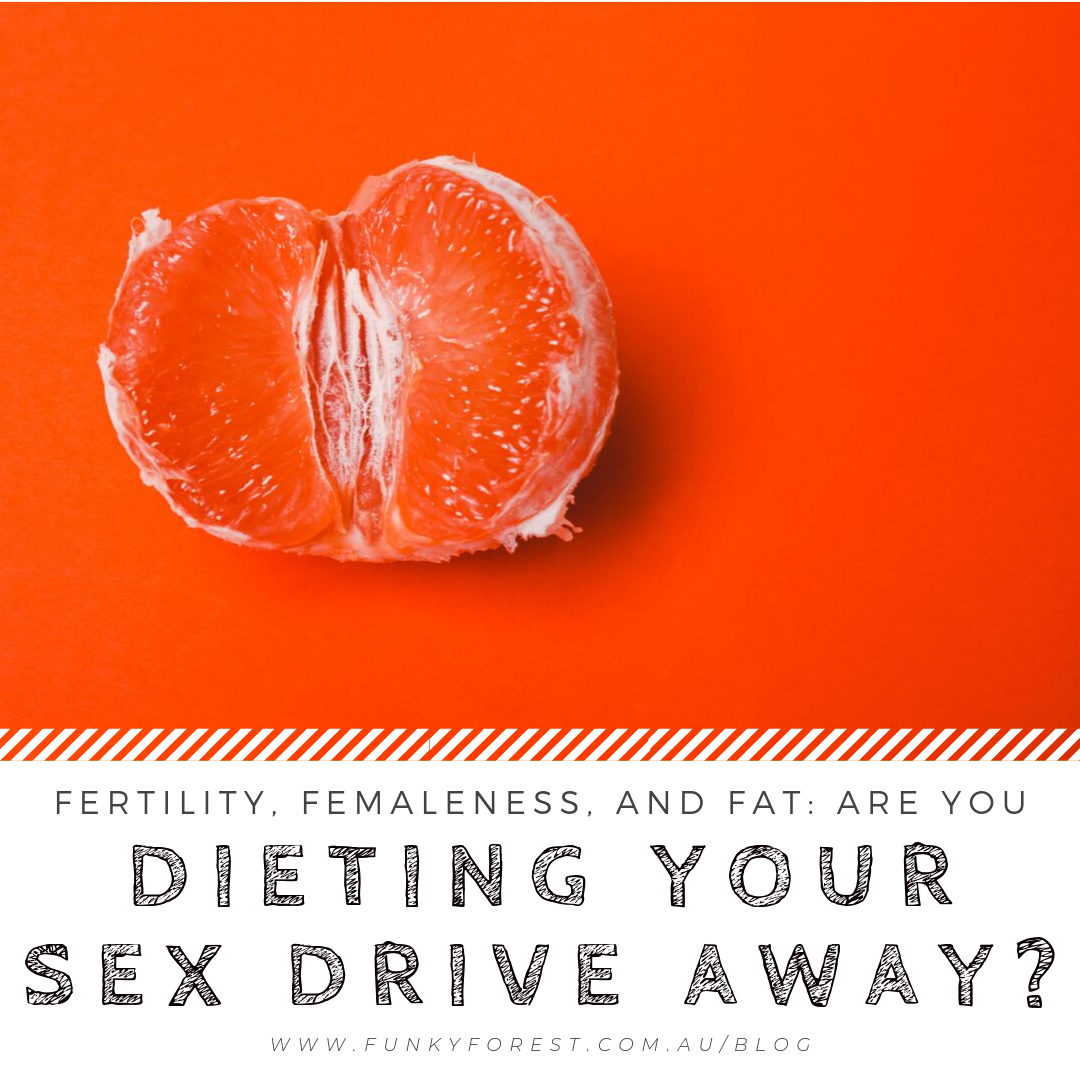


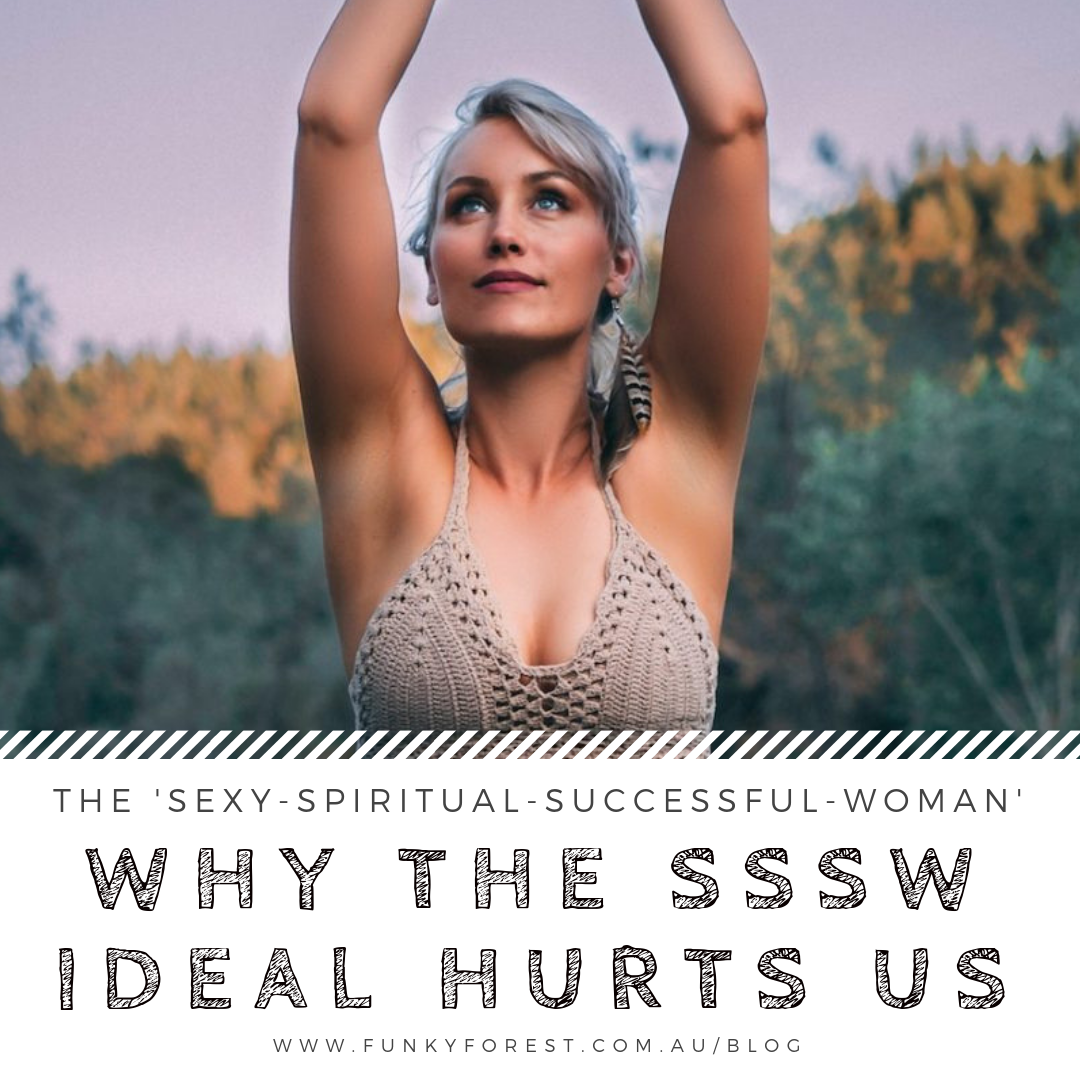
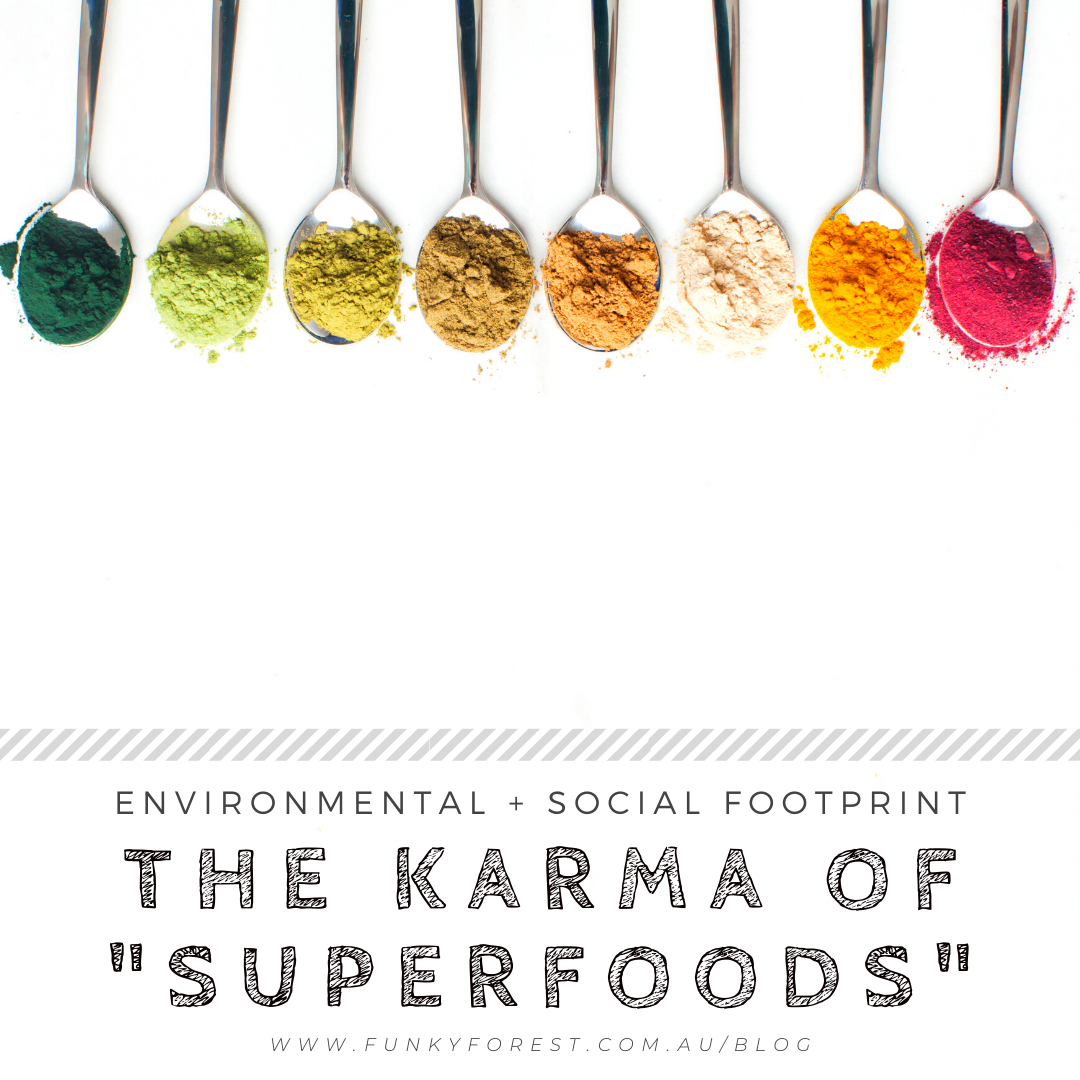
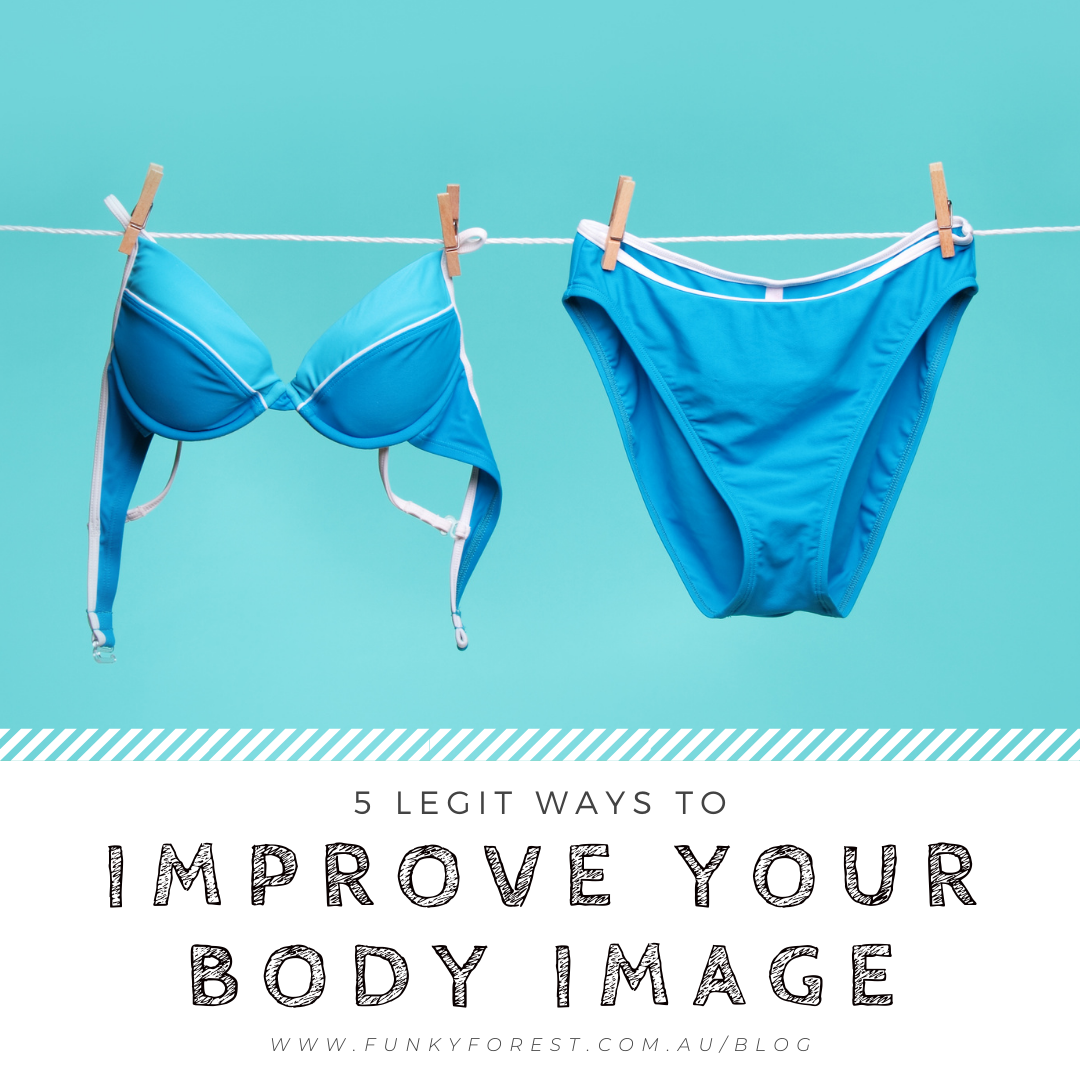
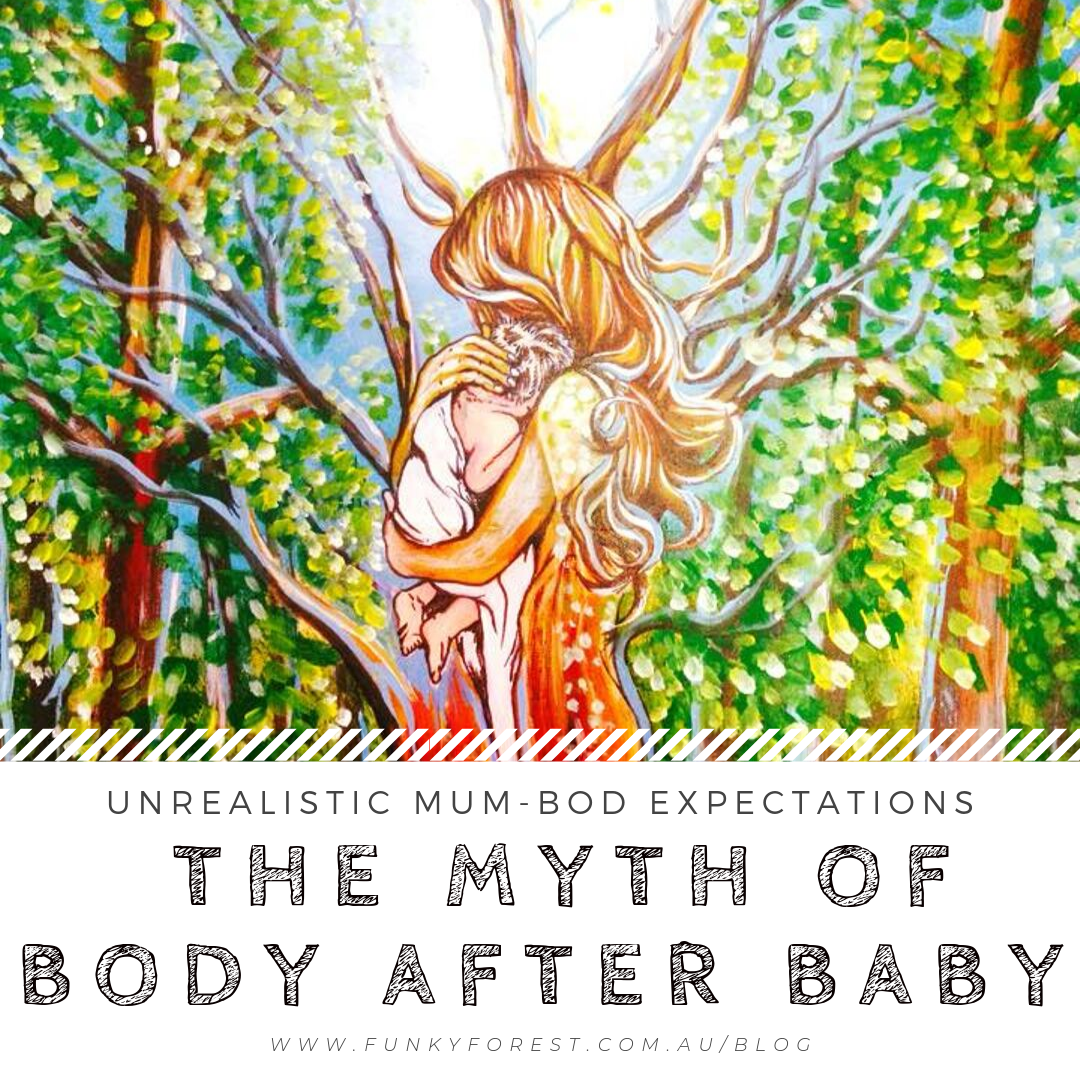

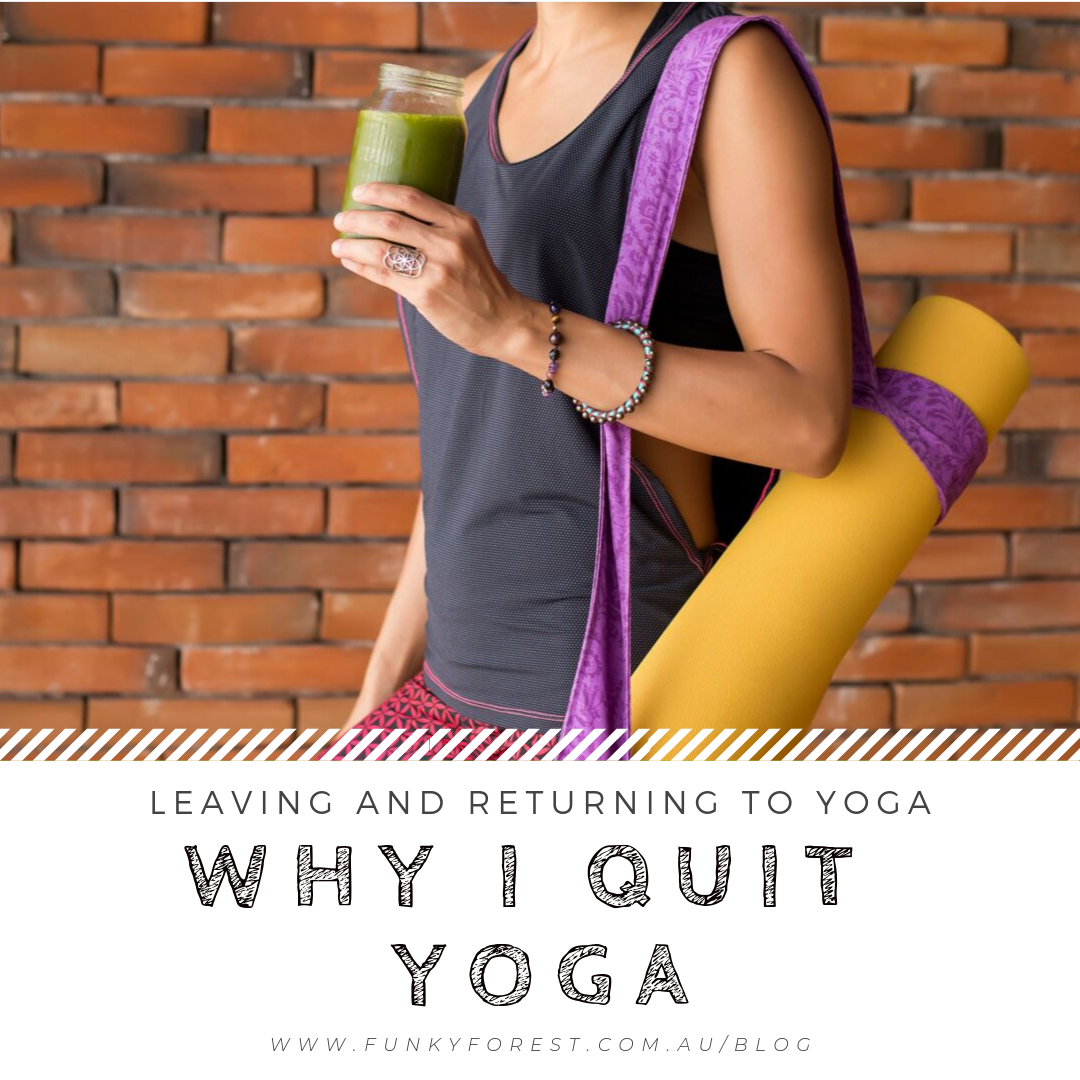
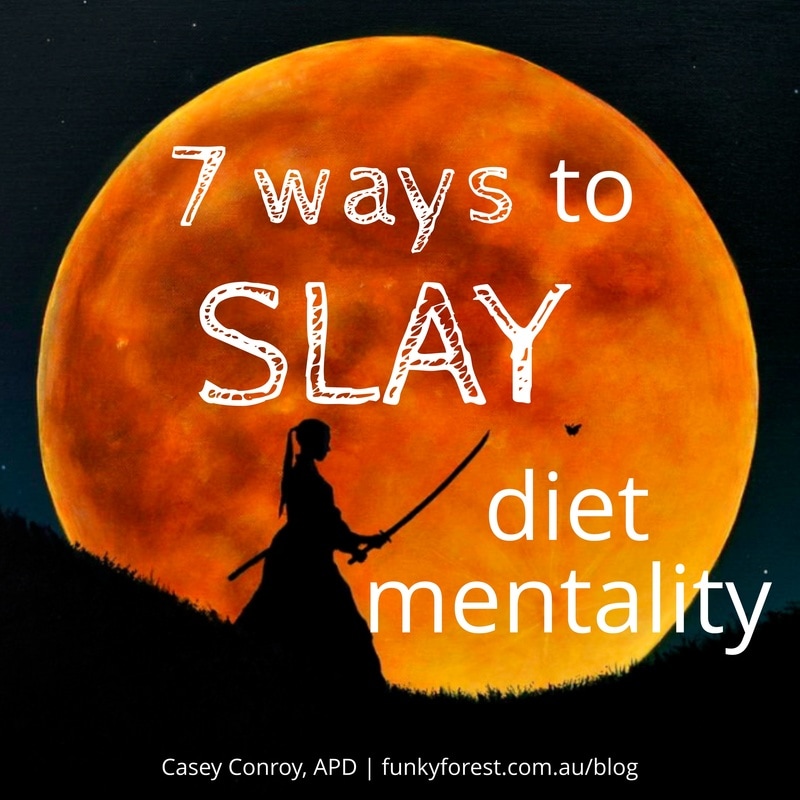
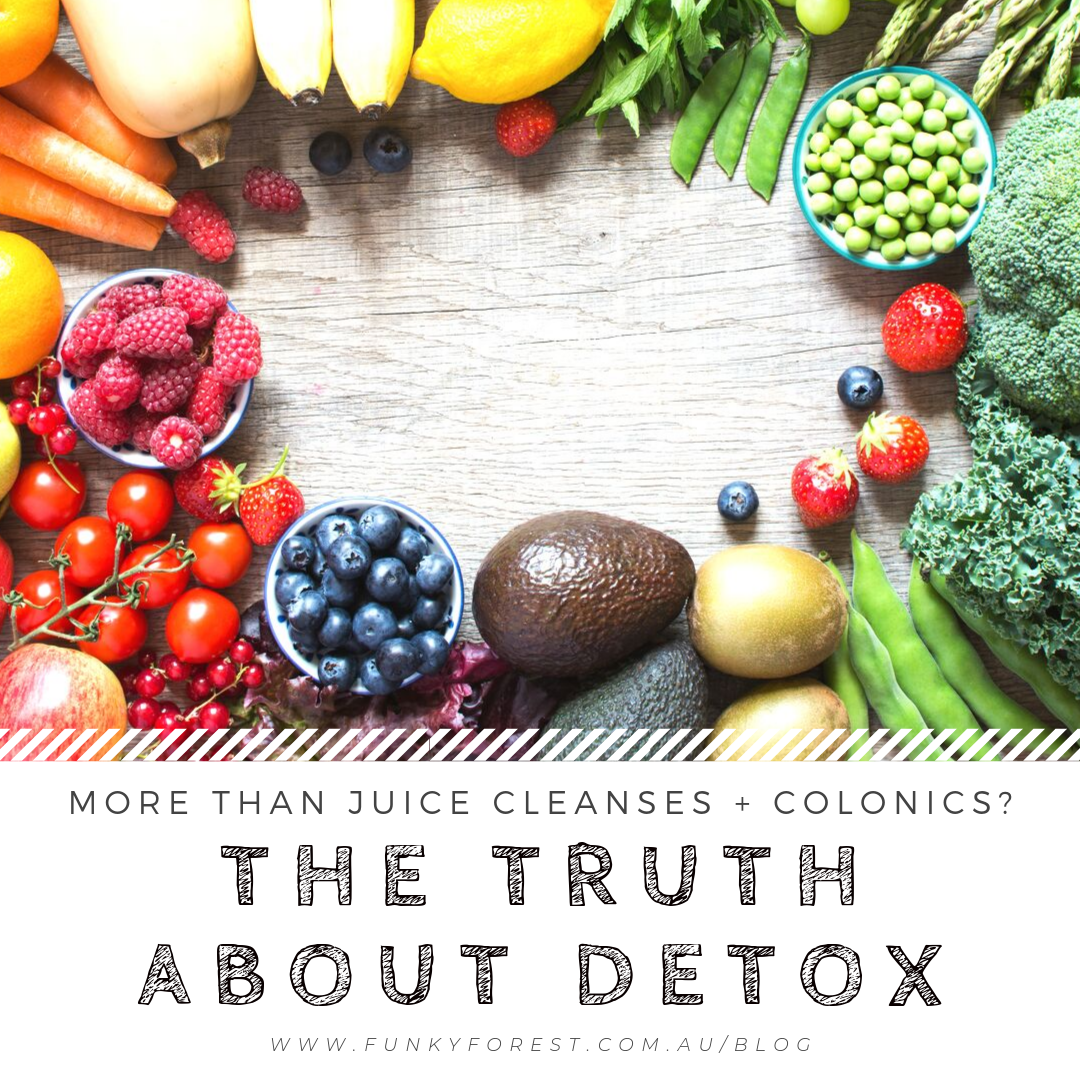
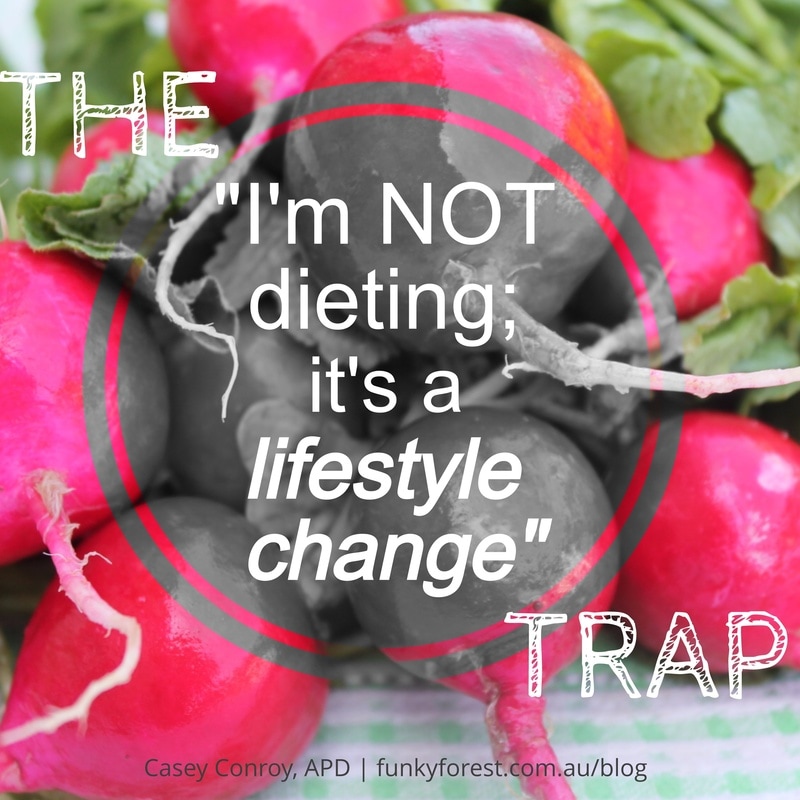
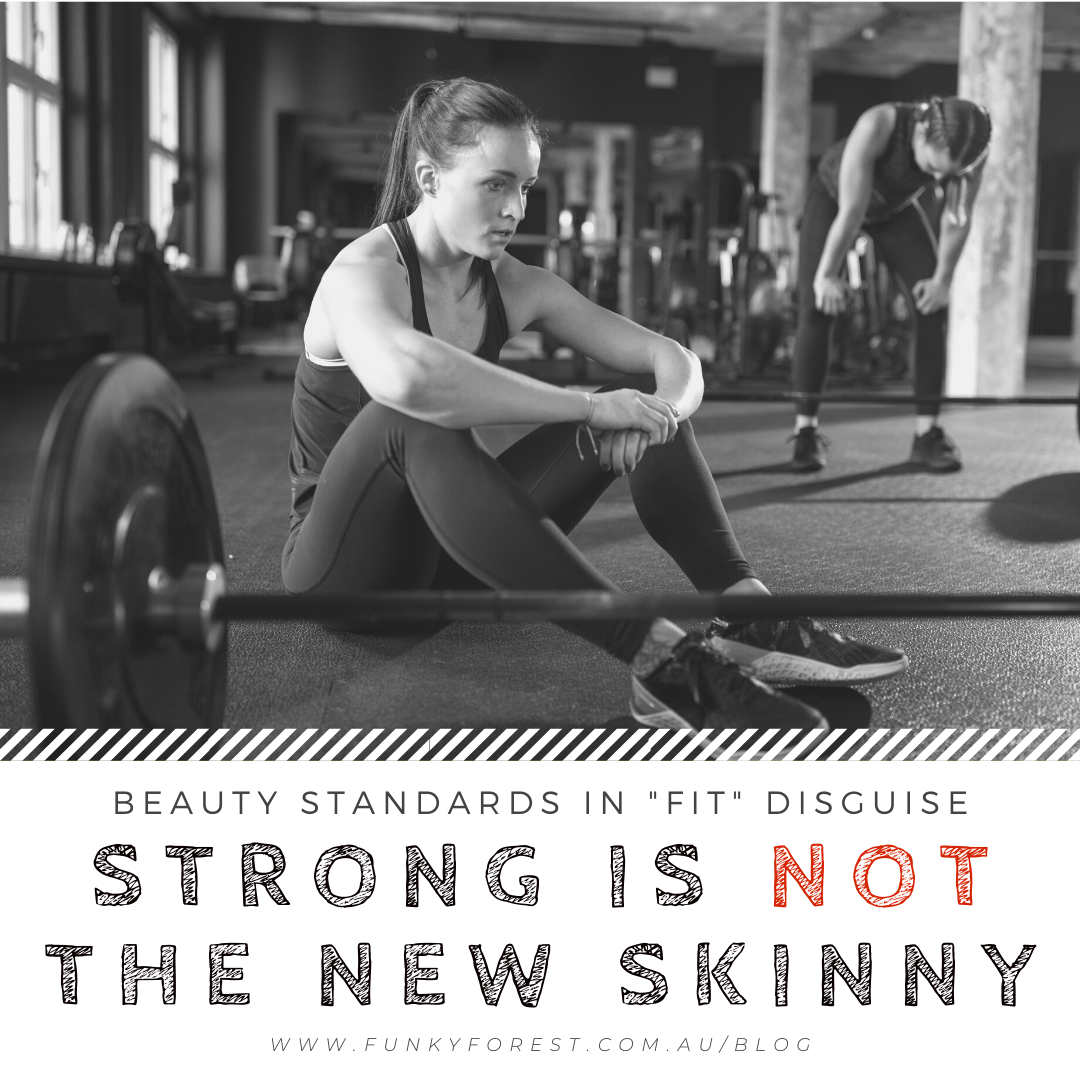
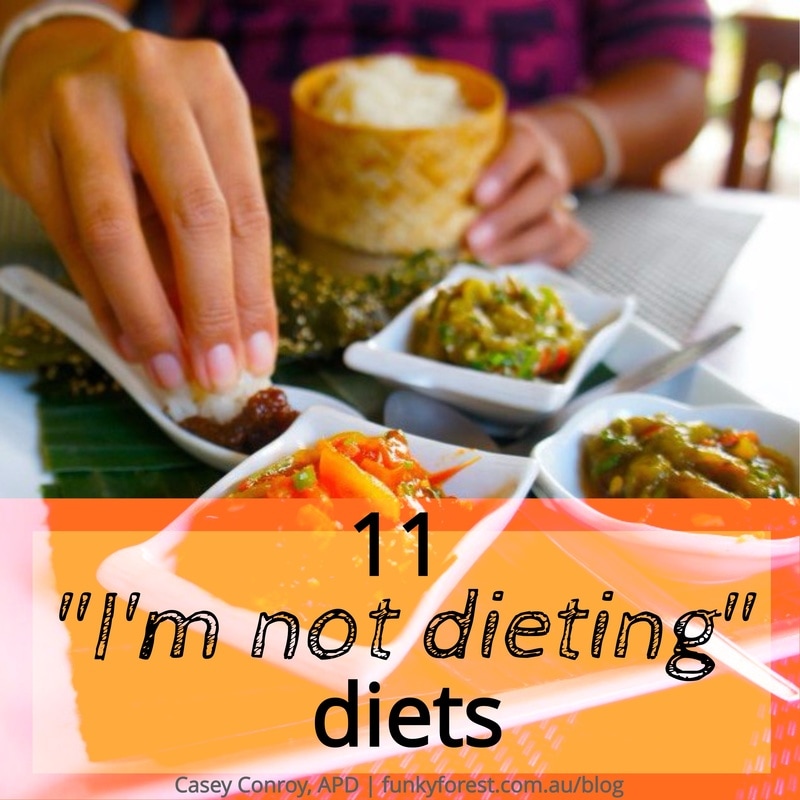
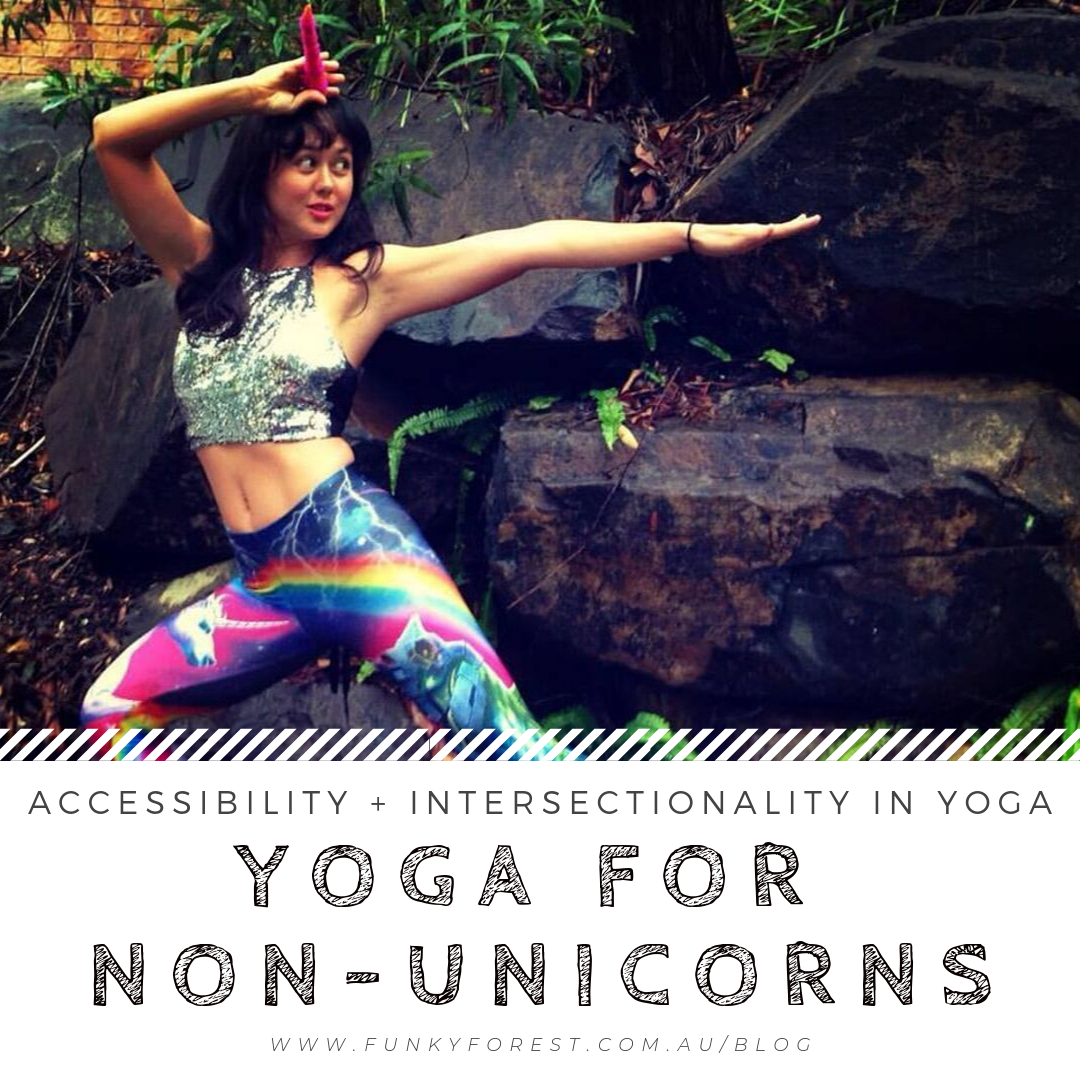
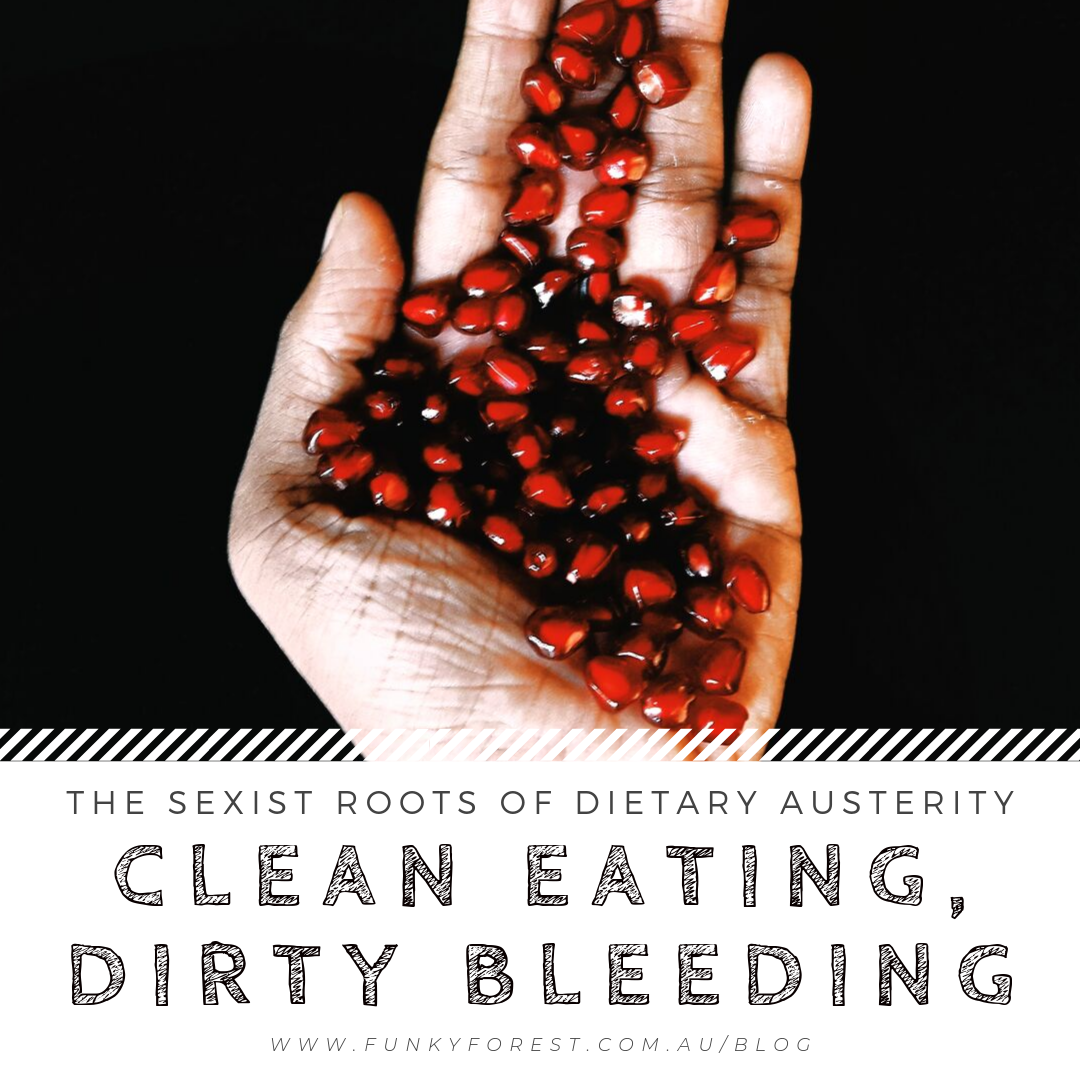
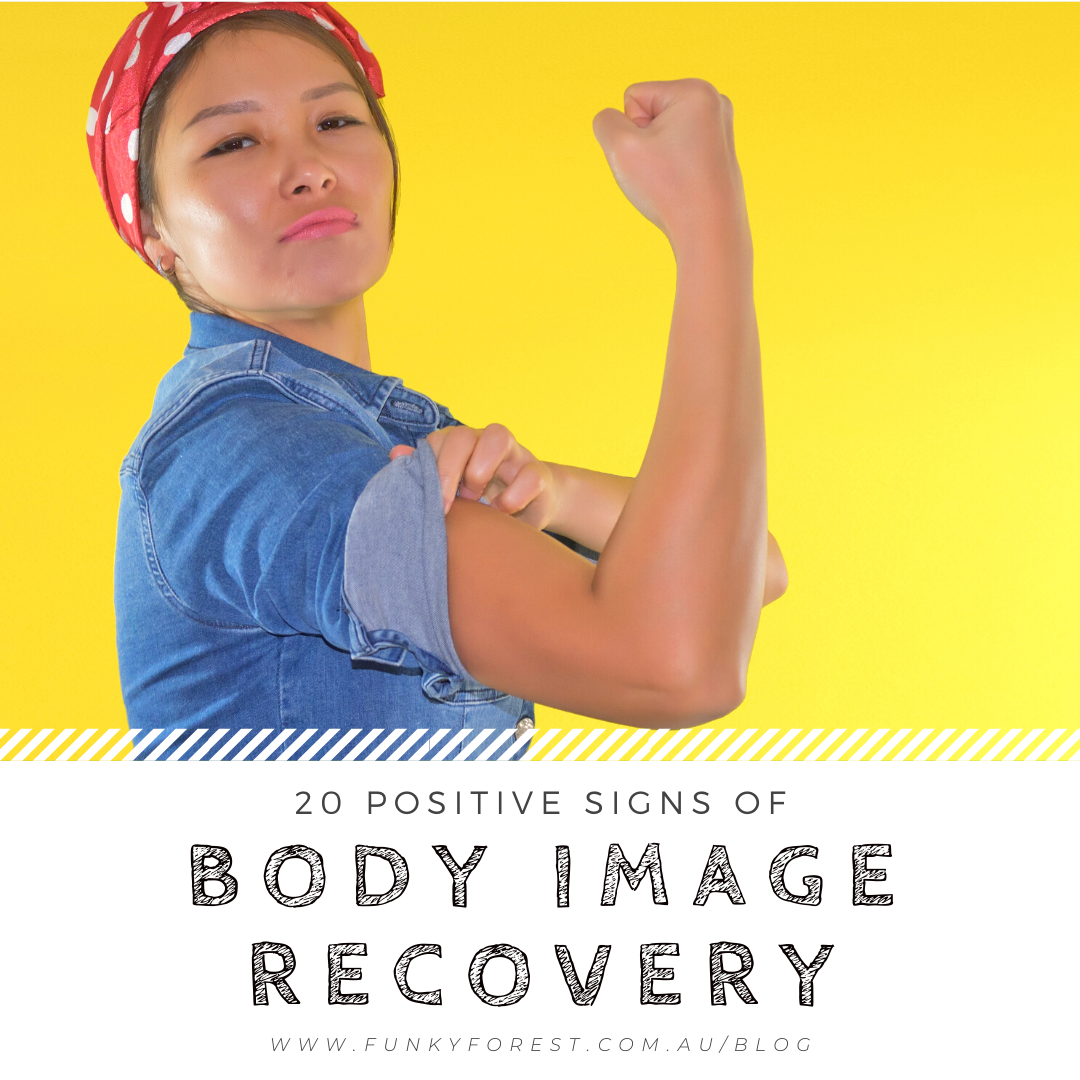
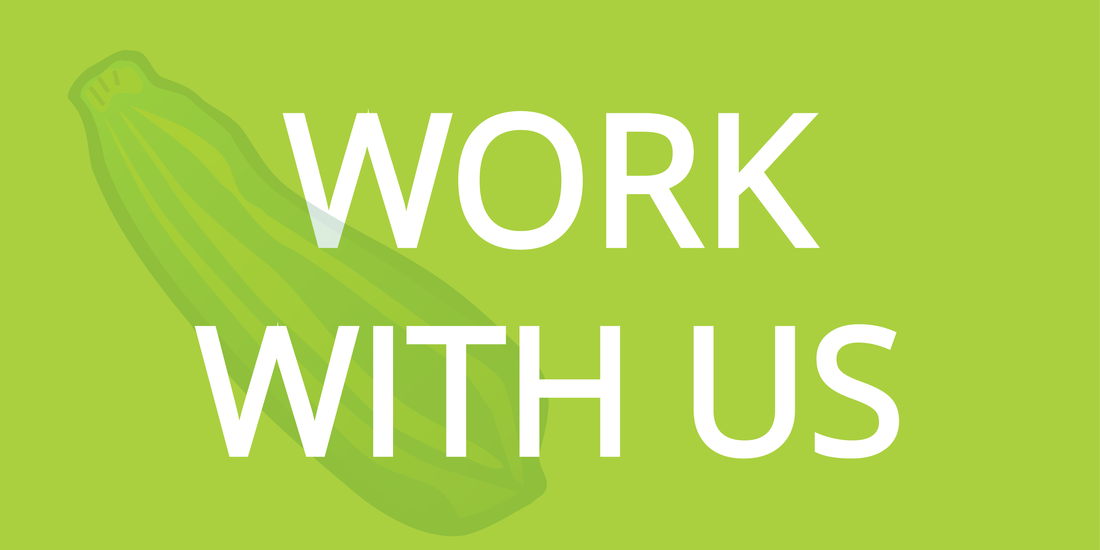


 RSS Feed
RSS Feed



